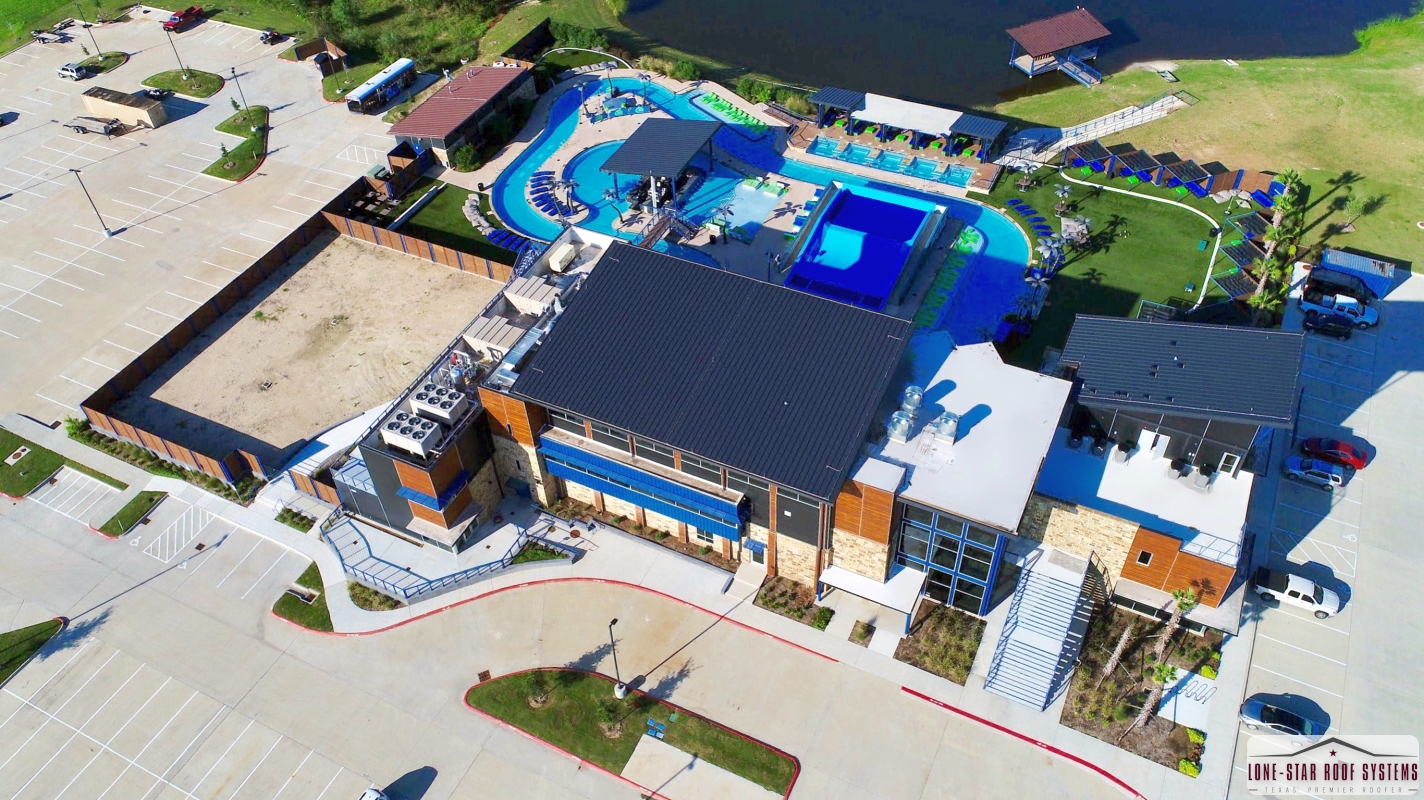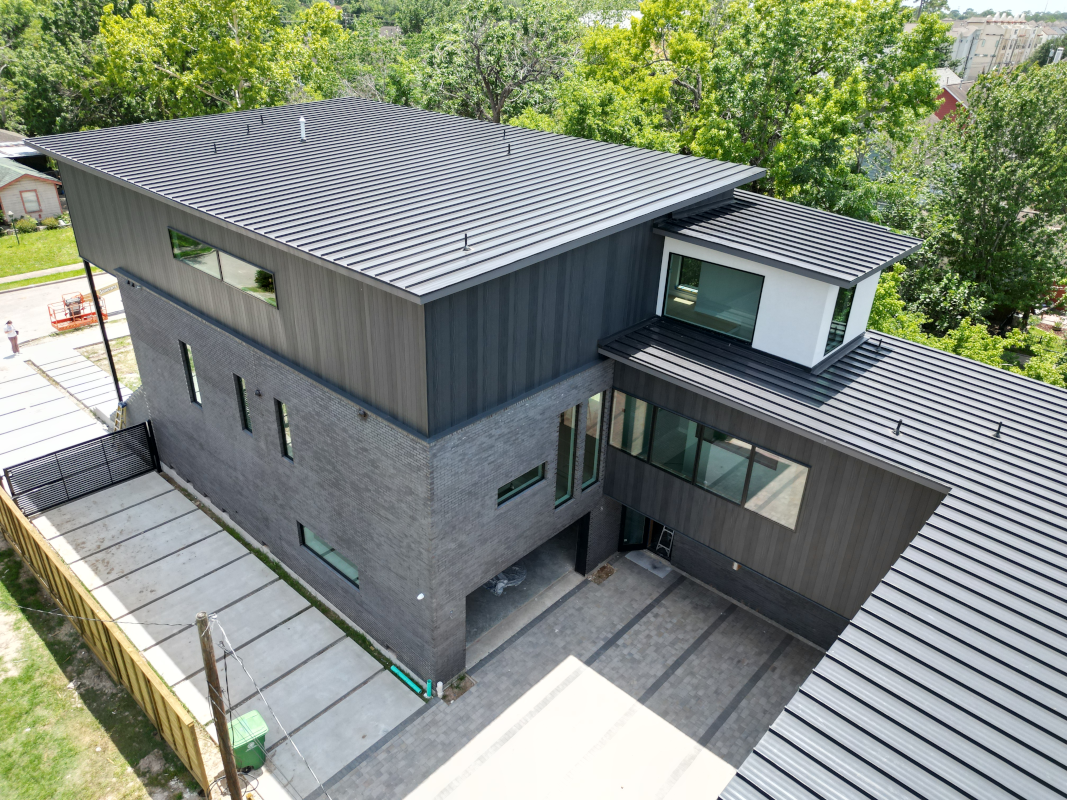As winter sets in, it’s important to be aware of the impact that the season’s harsh weather can have on your home’s roof. Cold temperatures, snowfall, and ice accumulation can all take a toll on your roof’s health, causing damage that can be costly to repair. In this blog post, we’ll take a detailed look at the connection between winter weather and your roof’s health, exploring the various ways in which snow, ice, and cold temperatures can cause damage to your roof. We’ll also provide you with a comprehensive guide to avoiding costly roof repairs in the winter months, offering tips and tricks for keeping your roof in top condition throughout the season. From regular inspections to proactive maintenance, we’ll cover everything you need to know to ensure that your roof stays safe and secure all winter long.
We’ll start by exploring the impact of snow on your roof. While snow can be a beautiful sight, it can also be heavy and damaging to your roof. The weight of heavy snowfall can cause stress on your roof’s structure, leading to cracks and leaks. We’ll provide you with tips on how to safely remove snow from your roof to avoid damage, as well as how to recognize signs of snow damage.
Next, we’ll discuss the impact of ice accumulation on your roof. Ice dams, which form when melting snow refreezes along the roof’s edge, can cause water to seep under shingles and into your home, leading to water damage and mold growth. We’ll provide you with tips on how to prevent ice dams from forming, as well as how to address them if they do occur.
Finally, we’ll cover the impact of cold temperatures on your roof. As temperatures drop, your roof can become more susceptible to damage from freezing and thawing cycles. We’ll discuss how to recognize signs of damage from the cold, as well as how to prevent damage with regular maintenance and inspections.
Throughout the post, we’ll provide you with actionable tips and advice to help you avoid costly repairs and keep your roof in great condition all winter long. Whether you’re a new homeowner or a seasoned pro, this guide will provide you with the knowledge you need to protect your home from winter weather and keep your roof safe and secure.
The Impact of Snow on your roof
The weight of snow accumulation on a roof can cause significant damage if not properly managed. Factors such as the type of roof, the amount of snow, and the duration of the snowfall can all contribute to the impact on the roof. Snow can also cause ice dams to form, which can further damage the roof and lead to water leaks. It’s important to regularly monitor the snow accumulation on your roof and take appropriate action to prevent any potential damage.
The impact of ice accumulation on your roof
Ice accumulation on your roof can cause several issues such as damage to the roof’s structural integrity, water seepage, and increased risk of collapse. As temperatures fluctuate, ice can melt and refreeze, leading to the formation of ice dams, which can prevent proper drainage and cause water to pool on your roof. This can lead to leaks and water damage inside your home. Additionally, the weight of ice on your roof can put undue stress on your home’s frame and lead to structural damage or even collapse. Regular roof inspections and proper maintenance can help prevent these issues and ensure the safety of your home.
The impact of cold temperatures on your roof
Have you ever wondered how cold temperatures can affect the performance and durability of your roof? The impact of cold weather on your roof can be significant and should not be overlooked. For instance, when the temperature drops, the metal components of your roof can contract, which can cause the screws and nails to loosen over time. Additionally, the expansion and contraction of the roofing materials can cause the roof to warp and crack, leading to potential leaks and water damage. It’s important to take preventative measures, such as ensuring proper insulation and ventilation and repairing any damage promptly, to ensure the longevity and effectiveness of your roof during the cold winter months.
In conclusion, it’s essential to understand the impact of cold temperatures on your roof to ensure its longevity and effectiveness. The contraction and expansion caused by the cold weather can lead to loosening screws and nails, warping and cracking of the roofing materials, and potential leaks and water damage. Therefore, it’s crucial to take preventative measures, such as proper insulation and ventilation, and prompt repairs to avoid any significant problems in the future. By taking care of your roof, you can protect your home and ensure that it remains a safe and comfortable place to live.



